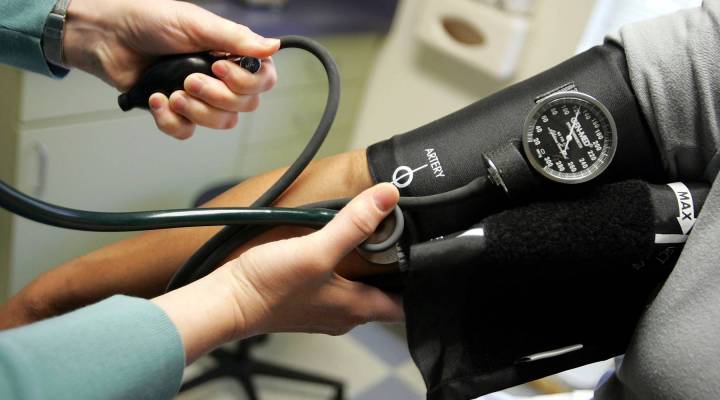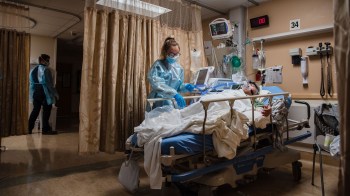
Reinventing the rural health care system

With the health care debate on the forefronts of minds across the nation, often left out of the conversation is the quality of and access to health care in rural communities.
According to a CDC study from 2017, residents of rural communities are at greater risks of dying from unintentional injuries, cancer, heart disease, stroke, and chronic lower respiratory diseases in comparison to residents of urban areas.
In a new report from the Bipartisan Policy Center and the Center for Outcomes Research and Education, researchers analyzed the barriers to effective and comprehensive health care available to the residents of seven upper Midwestern states such as Minnesota and Nebraska.

A table illustrating key demographics of the seven upper Midwest states analyzed in the report.
In order to understand the challenges these states faced, a series of interviews with 28 interviews and three roundtable discussions were held, and participants included policy experts, representatives from local colleges and universities, hospital administrators, health care providers, and state and federal officials.
Focusing on both the challenges and potential policy changes, the report highlights what the communities need and how many are regional specific and interdependent upon one another. The study’s authors identified four ongoing health care challenges: access to hospitals, the restructuring of health care funding mechanisms, building and supporting the medical workforce, and expanding access to telemedicine technologies.
Access to hospitals
Due to the unique, sprawling nature of rural areas, the needs of local health care vary per community – some are comprised of aging or low income populations. A common model these rural communities utilize to service their populations is the Critical Access Hospital, which provides patient treatment services on a “reasonable cost basis.” These healthcare centers however were required to “have no more than 25 inpatient beds and must be at least 15 miles by secondary road and 35 miles by primary road from the nearest hospital.” These hospitals are not seen as essential models, and the report suggests the model must be adjusted to fit the needs of individual communities and change must be implemented through policies which meet the “unique strengths, challenges and needs” of each community.
Funding
Rural communities are considered low volume areas due to small population sizes, creating difficulty in funding and payment models. Current federal reimbursement forms are not designed with low-volume areas in mind, and are often excluded from new initiatives. About 80 percent of rural hospital payments come from Medicare or Medicaid, and with lack of reimbursement and potential cuts to federal programs, there could be a substantial impact to regional health care. Communities where programs are in place, however, a lack of communication and coordinated care prevents communities from sustaining a system of improved health care. The report suggests, like the previous section, that each community needs region specific standards and must innovate like their high-volume counterparts.
Supporting and reinforcing the medical workforce
These communities also face difficulties in finding and retaining health care workers. They are often seen as less attractive by potential employees, potentially due to limited employment opportunities and the necessity of rural-specific education. Pipeline programs and creating new workforce are two methods the report suggests to help bolster the workforce population.
Emerging telemedicine technologies
Patients are reluctant to use telemedicine because of concerns over the type of service it provides. Plus, these communities also face a lack of digital infrastructure – some areas prevent residents from receiving broadband internet. While the report acknowledged these challenges, it recommends using telemedicine to help improve access for patients and allow doctors to connect with other doctors and specialists.
Click on the audio player above to hear our interviews with Dr. Anand Parekh, chief medical adviser with the Bipartisan Policy Center, and Heidi Schultz, Helmsley Trust’s Rural Healthcare Program Officer based in South Dakota, about the state of rural health care.
There’s a lot happening in the world. Through it all, Marketplace is here for you.
You rely on Marketplace to break down the world’s events and tell you how it affects you in a fact-based, approachable way. We rely on your financial support to keep making that possible.
Your donation today powers the independent journalism that you rely on. For just $5/month, you can help sustain Marketplace so we can keep reporting on the things that matter to you.


















